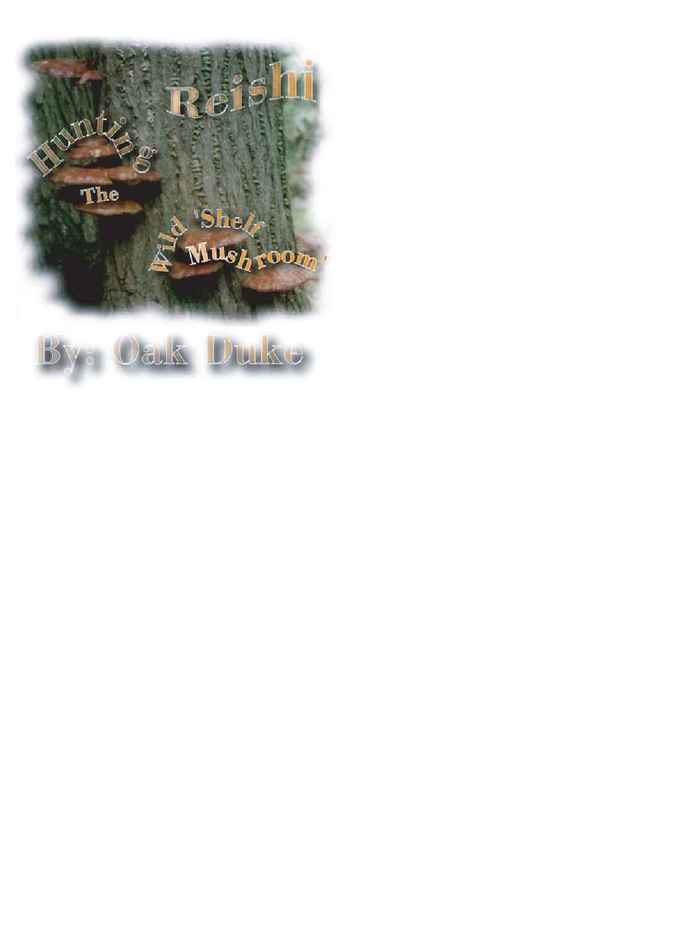
A
s in Edgar Allen Poe's "Purloined Letter", that
is; what is placed in the most obvious place is that
which is most difficult to see, "Shelf mushrooms," or
Artist's Conks are sprinkled through the Appalachian
uplands.
And the actual value remains a mystery as in Poe's
story of intrigue.
Just about anyone who has taken a walk in the woods
has seen these fungi, sticking out horizontally on
stumps, logs and old trees.
There are a number of different genera or types of these
hard, flat fungi which prefer certain specie of hosts.
They only grow on dead trees or the dead parts of trees.
One of the most common is Ganoderma applanatum, or
the true Artist's Conk. They grow on hardwoods such as
maple or ash. Their size runs from six inches or so to
almost three feet across, with brownish gray tops and
soft white underneath. And there, artistic renderings are
etched into the pore surface underneath. Once the image
is finished, a coat of polyurethane or varnish preserves
it.
A close cousin is Ganoderma tsugae, or the Hemlock
Varnish shelf. Their top surface or cap appears to be
"varnished" and are shiny purple to orangish-red and
only grow on the Eastern Hemlock. The Chinese
herbalists consider Tsugae or the Varnish shelf as a
"Reishi" mushroom.
And it is not just a run-of-the mill herb. Amazingly, it is
considered Number One, the top Superior Herb of all
the herbs and substances in the world by Chinese Herbal
Medicine. It is even ranked above ginseng.
Chinese herbal medicine has a tradition which extends
back 3,000 years. Interestingly, during one of the early
dynasties in China, peasants were executed for ingesting
"Reishi." Only the emperor and his immediate clan were
allowed.
It seems pretty far-fetched that people lost their lives
for the crime of drinking a tea, made from a Shelf
mushroom, growing on a dead tree.
Also, tinctures are made by taking a small slice and
placing it in a bottle of alcohol. Evidently, some of the
complex compounds are broken down better by alcohol
than by water and heat as in a tea.
Reishi mushrooms are artificially cultivated in some of
the Asian countries and sold in shops stateside and in
Canada which specialize in medicinal herbs. The tea
(made from grinding up the woody caps) is quite
expensive but can be bought through mail-order herbal
catalogs or over the internet. A quarter ounce of tea runs
in the neighborhood of $25 to $30 or so.
The woody "shelf" is which we see, growing from the
tree trunk or log is actually very similar to a flower. It is
the reproductive organ of the plant. The actual body of
the fungi or mycelium is spread throughout the host
tree, where it runs like fine wire or threads. Only when
the fungi is ready to spread its spores by the million,
does it "flower." And at that time it is ripe to harvest by
the Reishi farmers, July and August here.
Modern research, that is hard western science, has
begun to penetrate the mystery of the complex
compounds within the shelf mushrooms. So far it has
ascribed some of the benefits to be from regulating
metabolism to fighting tumors, tuning the immune
system, and lowering blood pressure and blood sugar
(Jong and Birmingham 1992).
Actually, the true Reishi, Ganoderma lucidum though
relatively rare here in the northeast is quite common in
the southern states and is considered a pest, attacking
trees.
Other types are the "horse's hoof" or Tinder Polypore,
and the vari-colored Turkey tail (Trametes versicolor),
shaped like a wild turkey's fan.
Though considered by some as the ultimate elixir and
others as a fungal plague, here in the uplands they are as
interesting and mysterious as they are common.
-----
Oak Duke, publisher of the Wellsville Daily Reporter
writes a weekly column, appearing Monday on The
Outdoors Page.
